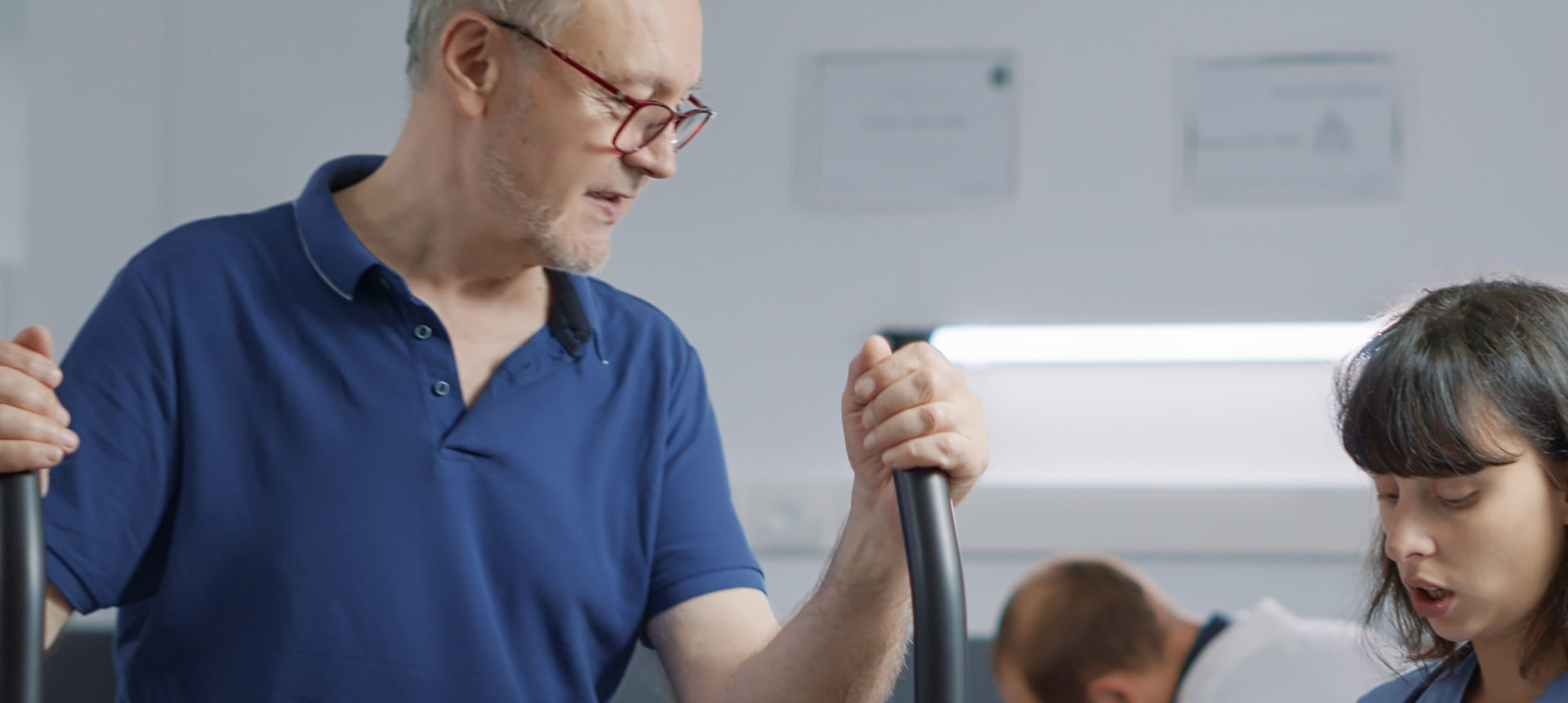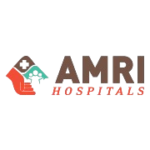Feeding Tube Care
To continue meeting nutritional requirements
Comprehensive of Feeding Tube Care
Comprehensive feeding tube care involves the meticulous management of the tube to ensure proper nutrition and avoid complications. This includes routine cleaning and flushing of the tube to prevent blockages, monitoring the insertion site for signs of infection, and ensuring the correct administration of feedings and medications. Proper care and regular medical check-ups help maintain the patient’s overall health and well-being.
1. Patient - Centric Care: Patient-centric care focuses on meeting the unique needs and preferences of each individual, emphasizing open communication and respect for patient choices. This approach involves patients actively in their own care plans, leading to more effective and satisfying healthcare experiences.
2. Tube Maintainance: Tube maintenance involves regular cleaning, inspection, and replacement to ensure proper function and prevent complications.
3. Guided Feeding procedure: A guided feeding procedure ensures safe and effective tube feeding by following specific protocols for proper placement and minimizing complications.
4. Monitoring During Feeding: Observes the patient for any signs of discomfort or complications, such as nausea or tube displacement.
5. Hygiene Practices: Emphasizes the importance of handwashing and sterile techniques to prevent infections during the feeding process.
6. Regular Assessments: Involves periodic evaluations of the feeding procedure and patient’s condition to ensure continued effectiveness and address any concerns.
Key Components of Feeding Tube Care
Feeding tube care is essential to ensure the patient's health and comfort. The key components include maintaining cleanliness to prevent infections by regularly washing hands and sterilizing equipment. Proper positioning during and after feeding helps in preventing aspiration. Monitoring for signs of complications, such as blockages or infections, is crucial. Routine checking of tube placement ensures accurate delivery of nutrition. Administering medications properly, usually in liquid form, avoids clogs. Ensuring the tube site is clean and dry minimizes skin irritation. Lastly, keeping accurate records of feeding times, amounts, and any issues helps in effective management.

Visual and Speech Therapy

Psychology & Emotional Wellbeing

Cognitive Training

Nutrition and Swallow Therapy

PEG Dressing

Feeding Tube Principles
Key Components of Feeding Tube Care
Feeding tube care is essential to ensure the patient's health and comfort. The key components include maintaining cleanliness to prevent infections by regularly washing hands and sterilizing equipment. Proper positioning during and after feeding helps in preventing aspiration. Monitoring for signs of complications, such as blockages or infections, is crucial. Routine checking of tube placement ensures accurate delivery of nutrition. Administering medications properly, usually in liquid form, avoids clogs. Ensuring the tube site is clean and dry minimizes skin irritation. Lastly, keeping accurate records of feeding times, amounts, and any issues helps in effective management.

Visual and Speech Therapy

Psychology & Emotional Wellbeing

PEG Dressing

Cognitive Training

Nutrition and Swallow Therapy

Feeding Tube Principles
3 steps for getting the best recovery plan
During the crucial initial 90-day "Golden Period" following a stroke, it is imperative to take primary steps towards rehabilitation care

BOOK APPOINTMENT

VISIT FACILITY

BEGIN RECOVERY



Comprehensive of Feeding Tube Care
Adapting to life with a feeding tube involves acquiring new skills and establishing new routines. Our holistic approach to care encompasses:
Ensuring the well-being and comfort of the individual on tube feed is our top priority.
Regular checks and upkeep of the tube to prevent complications and ensure its longevity.
A step-by-step approach to feeding, ensuring that the patient receives the right amount of nutrition in the safest manner possible.



Comprehensive of Feeding Tube Care
Adapting to life with a feeding tube involves acquiring new skills and establishing new routines. Our holistic approach to care encompasses:
Ensuring the well-being and comfort of the individual on tube feed is our top priority.
Regular checks and upkeep of the tube to prevent complications and ensure its longevity.
A step-by-step approach to feeding, ensuring that the patient receives the right amount of nutrition in the safest manner possible.

Feeding tube care in a rehabilitation center is a critical service aimed at ensuring patients receive the necessary nutrition and hydration when they are unable to consume food orally. This service involves the skilled management of feeding tubes, which may be nasogastric (NG), gastrostomy (G-tube), or jejunostomy (J-tube), among others. Healthcare professionals in the center are trained to monitor the patient's nutritional needs, administer feedings, and maintain the cleanliness and functionality of the tubes to prevent infections and complications. Regular assessments and adjustments are made to accommodate the changing health status of the patient, ensuring optimal nutritional support and promoting overall recovery and well-being.
+ Contact UsTreated Patients Coming from Leading Hospitals





